Best wide-angle lens: ultra-wide lenses for Canon and Nikon DSLRs
Get the bigger picture with these super-wide optics
Nikon’s own-brand lenses are up against some stiff competition when it comes to ultra-wide zooms for FX-format (full-frame) cameras. If you’re upgrading from an APS-C format camera body, you can continue to shoot with a DX-format ultra-wide lens in ‘crop mode’, which only uses the central portion of a full-frame camera’s image sensor, but it’s a poor substitute for shooting with the right format of lens.
If you've got a new Nikon Z6 or Z7 full-frame mirrorless camera, you'll be able to use these wide-angle zoom lenses on your new camera via the dedicated adapter. If you're going to opt for one of the Sigma, Tamron or Tokina options available, you might want to check compatibility to ensure you'll have full functionality of the lens.

Best wide-angle lenses for Nikon FX format DSLRs
Why you can trust TechRadar
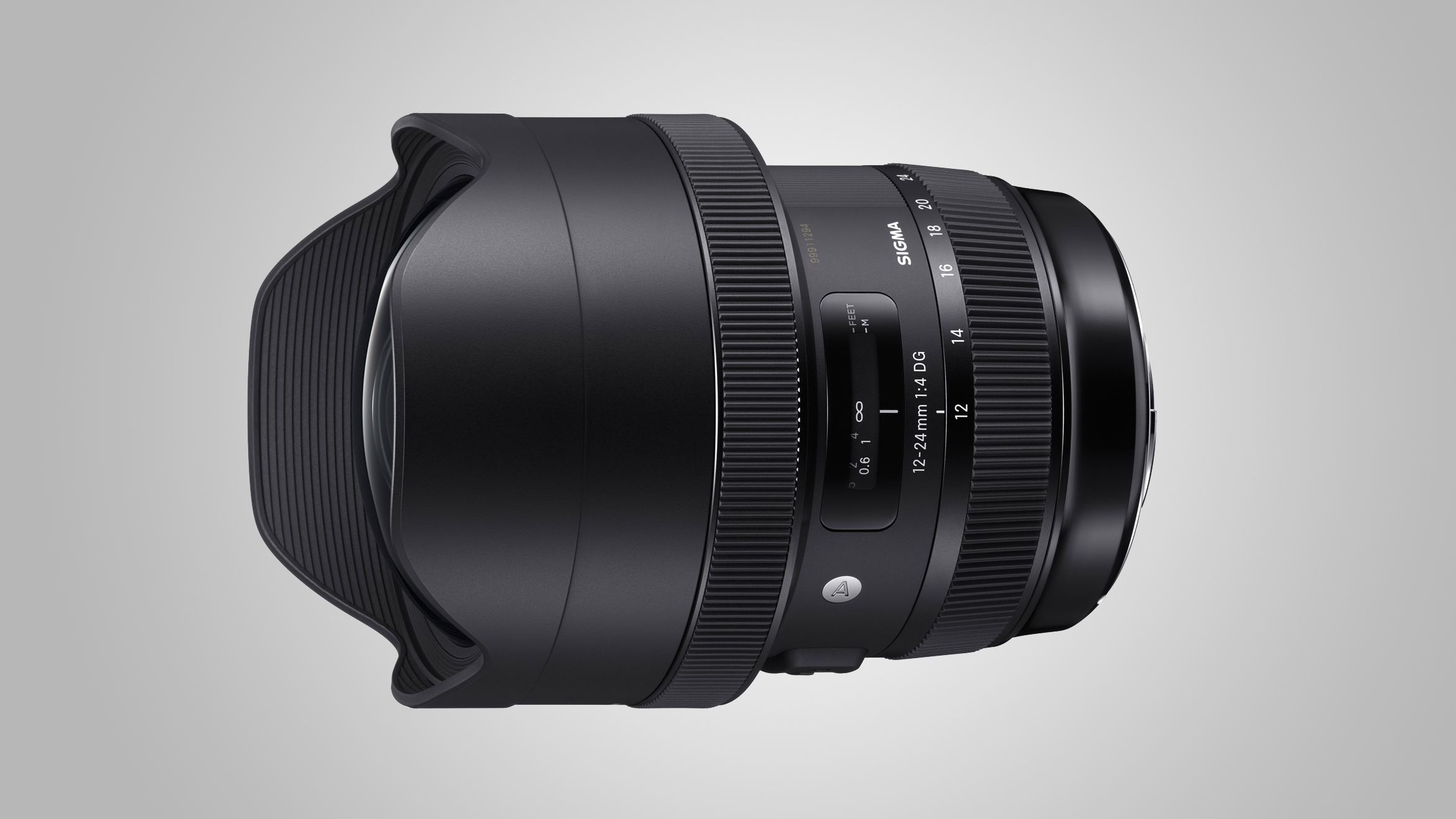
1. Sigma 12-24mm f/4 DG HSM | A
Specifications
Reasons to buy
Reasons to avoid
The ‘Art’ edition of Sigma’s 12-24mm lens represents a significant upgrade over the previous Mark II model. The variable f/4-5.6 rating of the older lens has been replaced by a constant f/4 aperture, and the improved optical path includes an extra-large-diameter aspherical element at the front of the lens, along with no less than five top-grade FLD (Fluorite-grade Low Dispersion) elements. Fluorine coatings are applied to the front and rear elements, and the mounting plate is weather-sealed. The ring-type ultrasonic autofocus system has also been uprated, with added torque for faster performance, and the lens is compatible with Sigma’s optional USB Dock for applying customization and firmware updates. As for image quality, the new lens delivers greater sharpness, remarkably little colour fringing and minimal distortions for this type of lens. Overall, it’s a spectacular performer.

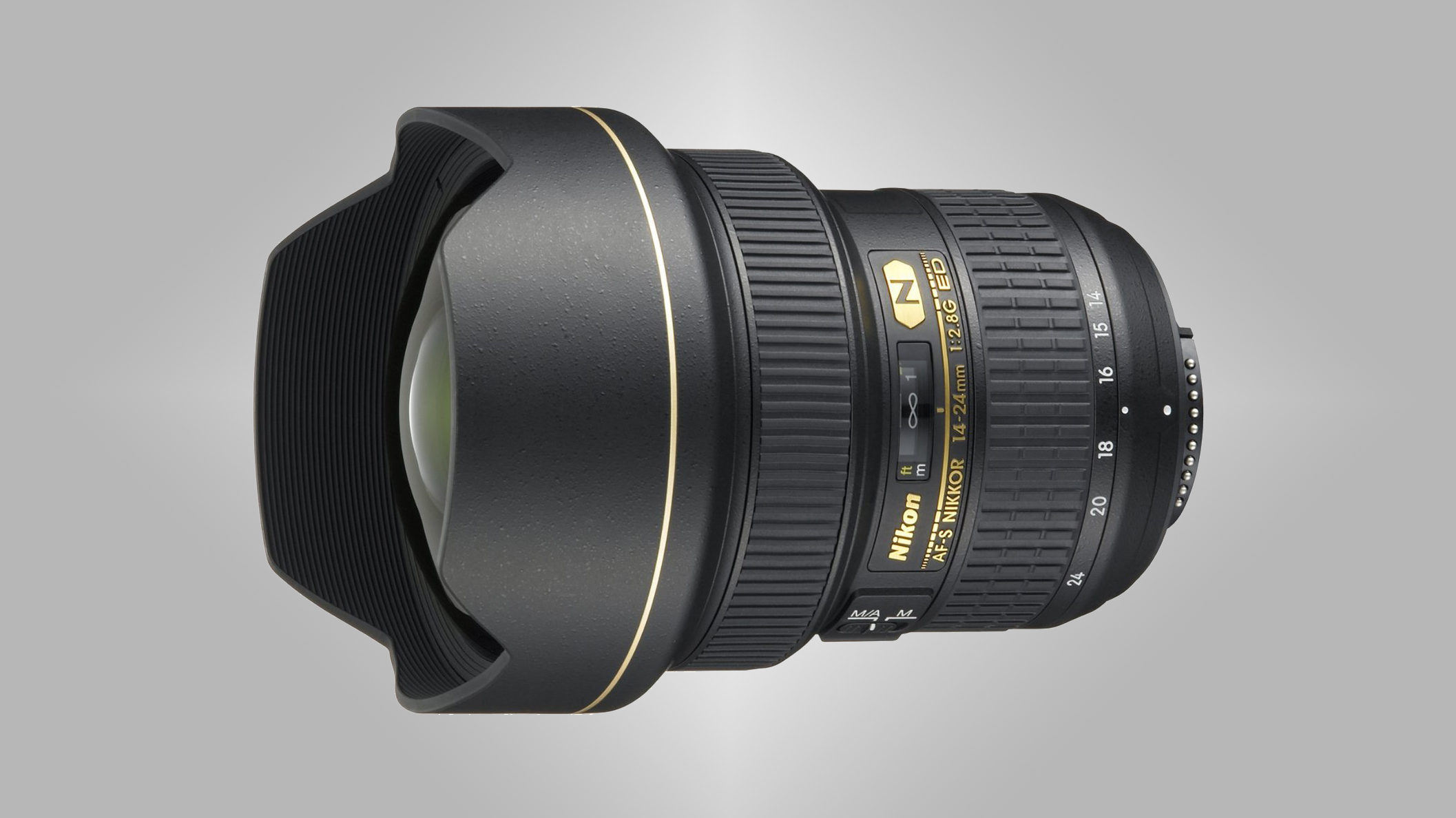
2. Nikon AF-S 14-24mm f/2.8G ED
Specifications
Reasons to buy
Reasons to avoid
This is Nikon's top ultra-wide zoom for its full-frame DSLRs. It can’t compete with the Sigma 12-24mm lens for maximum viewing angle, but it’s not very far behind, and has a wider aperture rating of f/2.8. Image quality is superb, with excellent sharpness and contrast throughout the entire zoom range. Colour fringing is minimal, although not quite as negligible as in the Sigma 12-24mm Art lens. Barrel distortion at 14mm is noticeably worse than from the Sigma at its even shorter 12mm focal length. Autofocus performance is similarly rapid in both lenses.


3. Tamron 15-30mm f/2.8 DI VC USD
Specifications
Reasons to buy
Reasons to avoid
This Tamron lens doesn't go quite as wide as Nikon's 14-24mm, but it's still wider than most. Tamron has developed a line of 'fast' zoom lenses that have a constant, wide f/2.8 aperture, complete with image stabilization (VC, Vibration Compensation), and this 15-30mm takes the line-up into ultra-wide-angle territory. Other similarities include impressive build quality, a weather-sealed construction and ring-type ultrasonic autofocus. It's a big lens but feels well balanced on Nikon full-frame bodies from the D750 to the top-flight D5, and handling is excellent. Sharpness is exemplary from the centre to the extreme edges of images, throughout the zoom range. Colour fringing is controlled well and the stabilizer gives a four-stop benefit.

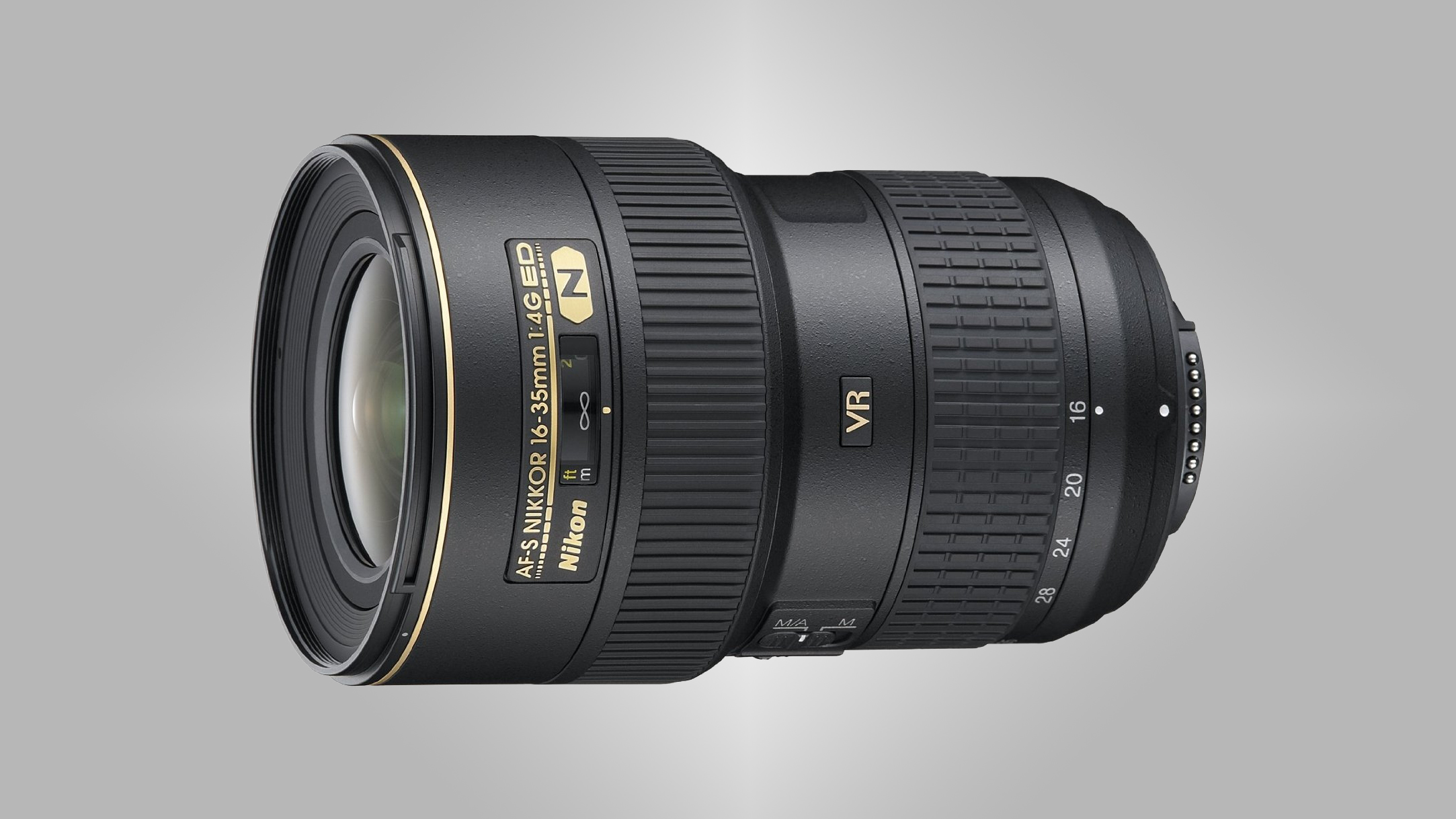
4. Nikon AF-S 16-35mm f/4G ED VR
Specifications
Reasons to buy
Reasons to avoid
This was Nikon's first ultra-wide lens to feature image stabilization. It's based on Nikon's second-generation VR (Vibration Reduction) system, and gives a four-stop benefit in beating camera-shake. It can't match the focal range and maximum aperture of the Nikon 14-24mm or Tamron 15-30mm, but it has proved a popular, lighter alternative for landscape photographers – especially as you can easily fit filters via the 77mm attachment thread. Other attractions include ring-type ultrasonic autofocus, a weather-sealed mounting plate and fast, ring-type ultrasonic autofocus which is practically silent and enables full-time manual override. Image quality is good although barrel distortion is very noticeable at the 16mm focal length.

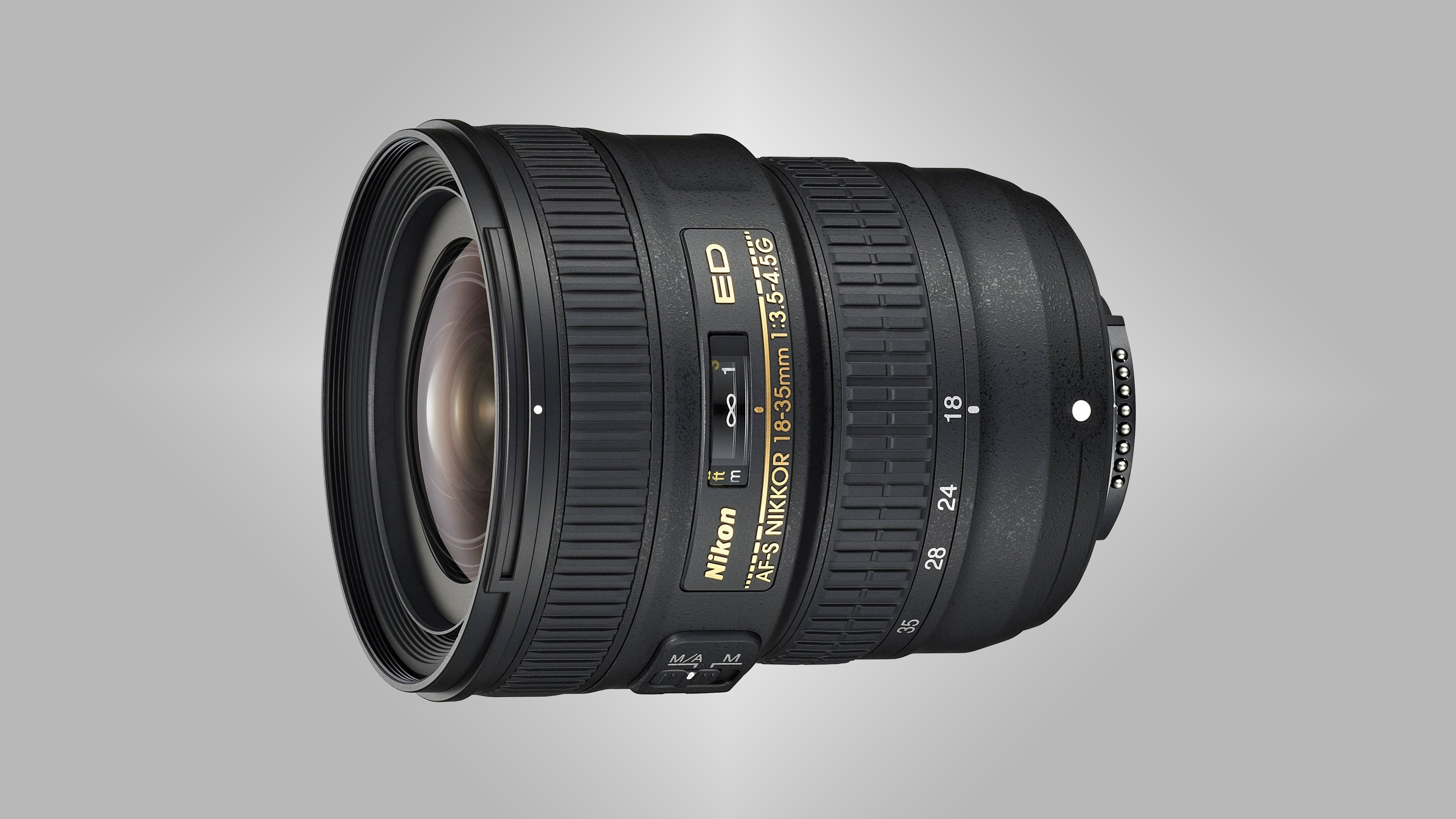
5. Nikon AF-S 18-35mm f/3.5-4.5G ED
Specifications
Reasons to buy
Reasons to avoid
This variable-aperture zoom is smaller and cheaper than the Nikon 14-24mm and 16-35mm lenses, but you lose a little in maximum viewing angle. The lens also lacks the VR (Vibration Reduction) facility of the Nikon 16-35mm lens, although the overall build quality feels of an equally good standard. Another downgrade is that the 18-35mm lens has Nikon's Super Integrated Coating rather than Nano Crystal Coating, but its resistance to ghosting and flare is still pretty good. Chromatic aberration is very well controlled for a lens in this price bracket and fine detail is generally retained well even in the extreme corners of images. Even so, sharpness across the image frame isn't a match for the Nikon 16-35mm at the short end of the zoom range.

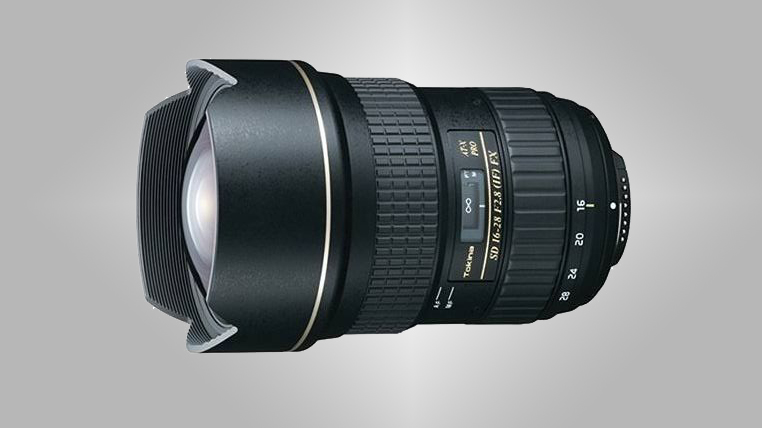
6. Tokina AT-X 16-28mm f/2.8 PRO FX for Nikon
Specifications
Reasons to buy
Reasons to avoid
This is a large and heavy ultra-wide zoom, typical of those with an f/2.8 constant aperture rating. It employs a GMR (Giant Magnetoresistance) autofocus module which, according to Tokina, gives faster, quieter autofocus. That’s certainly true compared with some of Tokina's older lenses, and this one retains the trademark 'one-touch focus clutch'. It’s essentially a push-pull mechanism coupled to the focus ring, for switching between autofocus and manual focus. Handling and image quality are very good, with high levels of centre sharpness and well-restrained colour fringing, although the corners could be sharper. As with a growing number of competing lenses, there’s a built-in hood but no filter attachment thread.

Current page: Best wide-angle lenses for Nikon FX format DSLRs
Prev Page Best wide-angle lenses for Nikon DX format DSLRsSign up for breaking news, reviews, opinion, top tech deals, and more.